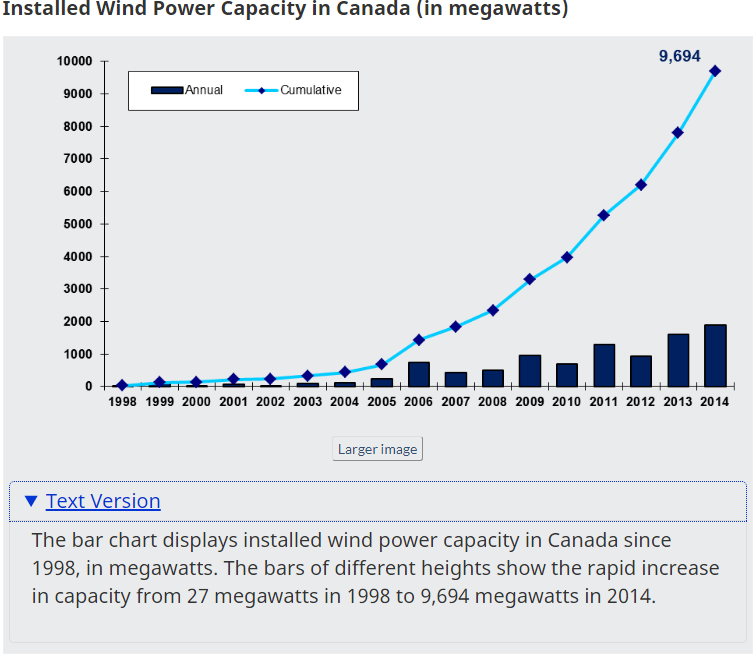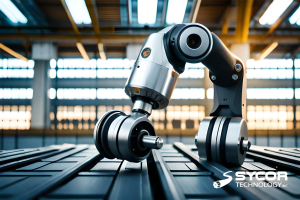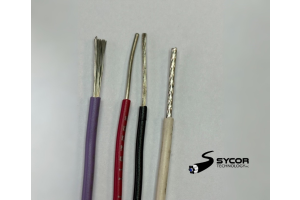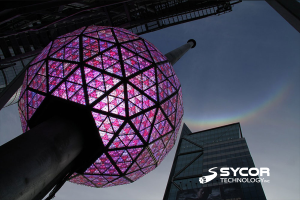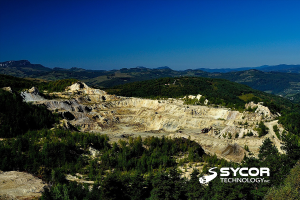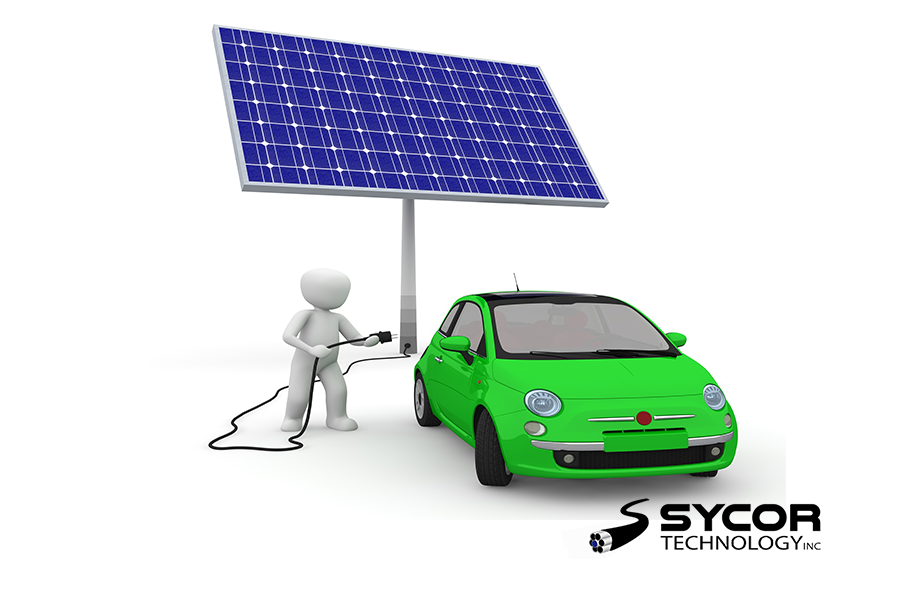
One of the largest concerns that countries around the world are facing today is the climate crisis. In the wake of this issue, many of the world's leaders have promised to fight climate change as much as possible. With the signing of the Paris climate agreement in 2016, countries like Canada, Denmark, England, France, Sweeden, Germany, Switzerland and many more have promised to work towards fully sustainable energy within the next 50 years. In this blog, Sycor will discuss the different types of sustainable energy currently available, what is required to make these applications a reality, and the limitations to the overall capabilities.
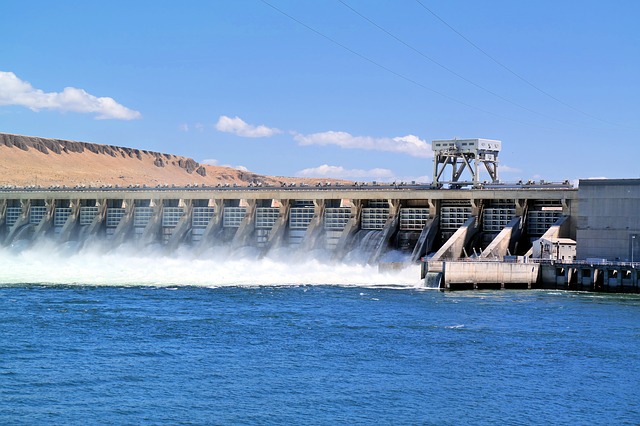
The first and one of the most reliable renewable energies is Hydropower. In order to understand Hydropower, you need first to understand the water cycle, which has three basic steps.
The water cycle has three steps:
- Solar energy (the Sun) heats water on the surface of rivers, lakes, and oceans, which causes the water to evaporate.
- Water vapour condenses into clouds and falls as precipitation—rain and snow.
- Precipitation collects in streams and rivers, which empty into oceans and lakes, where it evaporates and begins the cycle again.
The source of hydroelectric power is moving water, and hydroelectric power plants are usually located on or near a fast-moving water source. The volume of the water flow and the change in elevation—or fall, and often referred to as head—from one point to another determines the amount of available energy. In general, the greater the water flow and the higher the head, the more electricity a hydropower plant can produce.
One of the best examples of Hydropower is Niagara Falls, which is located on the southern border of Canada and the United States. The amount of electricity the power plants at Niagara Falls have to output is around 4.9 million kilowatts. That's enough to power 3.8 million homes or 1/10th of all Canadian households. This is the most cost-effective renewable energy currently being used, but it's also the least available. Hydropower requires huge bodies of natural moving water, and there aren't enough available locations for this to become a reality for every city.
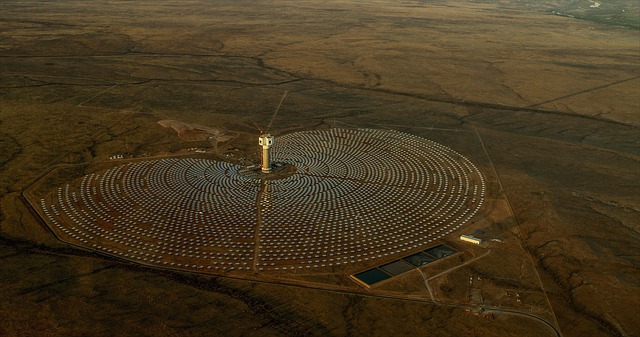
Unlike the Hydro utility, solar power energy generation is much easier to set up. All you need is some sun, so unless you're living in areas like Alaska that during certain times of the year has 24 hours of darkness, then this isn't an issue. The basic premise behind solar power is the conversion of sunlight to energy. One way to do this, which is also the most frequently observed way, is to use Photovoltaic panels, which are the solar panels you often see on rooftops or in solar farms.
The other popular method of solar energy generation is known as CSP. CSP, or Concentrated solar power, is a technology that does not use photovoltaics. This type of sustainable energy isn't as reliable as the photovoltaic option, as this technology demands much higher solar insolation. This means that this type of sustainable energy requires extreme levels of sunlight that only specific areas of the world, during specific times, are able to achieve. Concentrated solar power "uses mirrors or lenses to concentrate a large area of sunlight onto a receiver. Electricity is generated when the concentrated light is converted to heat (solar thermal energy), which drives a heat engine (usually a steam turbine) connected to an electrical power generator" (Wikipedia).
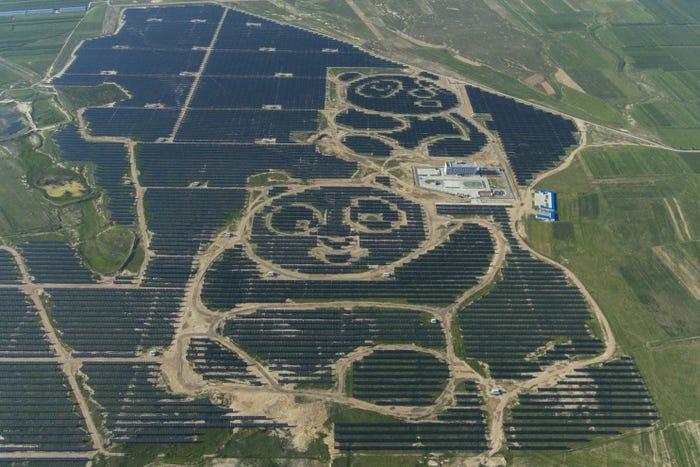
One country that is leading the way in solar energy development and implementation, is Germany. Germany has been one of the largest installers of solar panels over the last decade, accounting for 8-10% of the country's energy consumption. Another country leading the way in this category is China. Elon Musk once stated that China, which is the most populated country in the world, has the ability to be powered 100% off of solar power. Since that 2016 press conference, China has taken huge steps to increase its solar capabilities. As you can see by the image, the country has even started making creative images like pandas in the solar farms. This not only helps promote sustainable energy, but it also is a way for Panda Green Energy's largest shareholders to help build support for sustainable energy development with Chinese youth.
Sustainable wind energy is kinetic energy from fast-moving wind that can be converted into mechanical energy or electricity. Wind energy has been used for the last few centuries to help propel sailing vessels, water pumps, and turn grist mills. Presently, the wind is increasingly being used to generate electricity. The energy production is done through what is currently known as wind farms, which are installed in strategic spaces worldwide. These strategic areas are determined by two key factors, the proximity to existing electrical grids and surrounding areas that have good wind regimes. These turbines only obtain wind energy when the wind speed is sufficient enough to spin the blades but not high enough to damage the wind turbine itself.
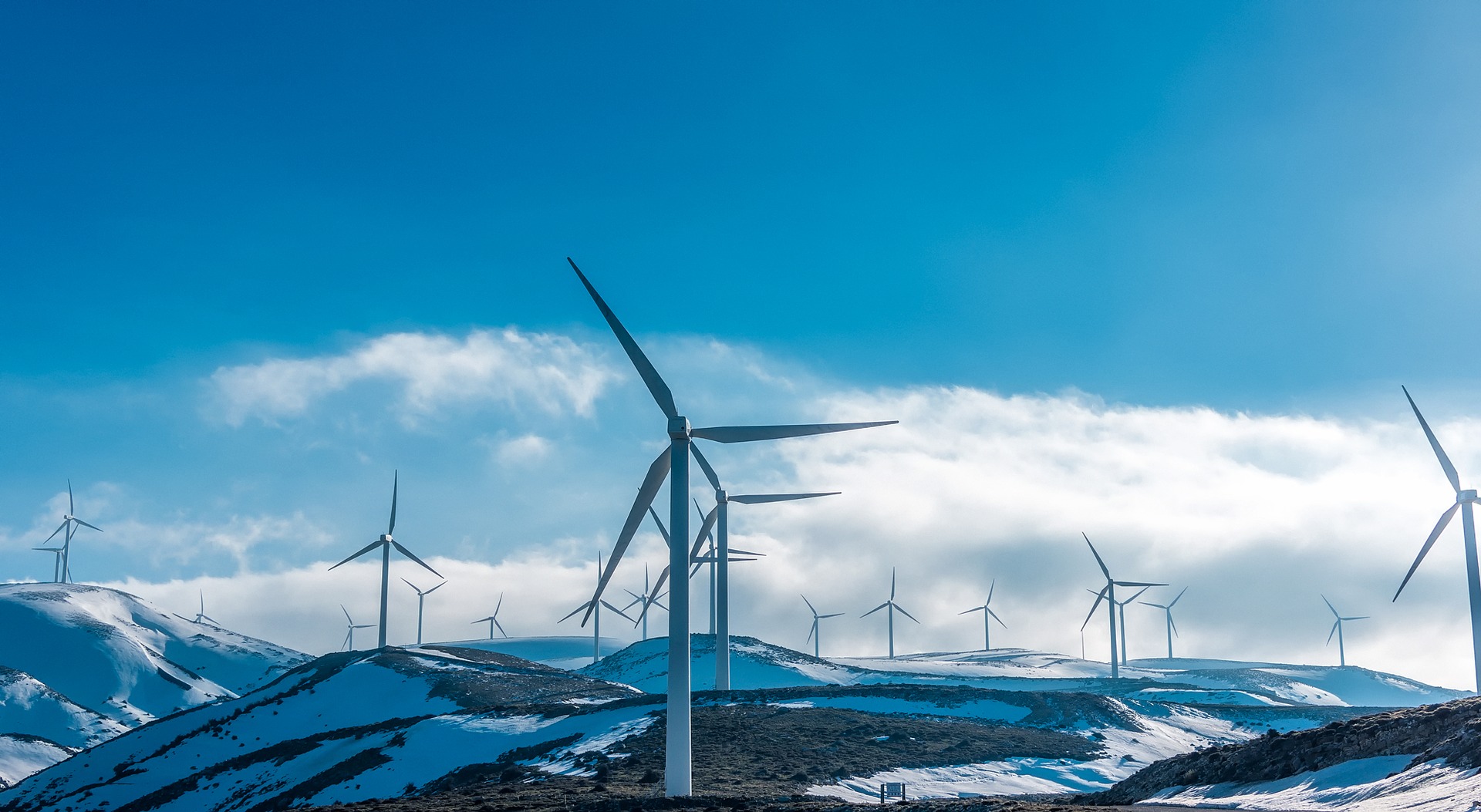
Wind energy is one of the more simple sustainable energies around as it only needs wind, which means in specific areas, the turbines can be used 24/7 until the wind stops or maintenance is required. In 2020, wind power accounted for a little over 6% of the world's overall energy. That accounts for 743 GW of total energy. The Wind Vision Report stated that wind can be a reliable source of renewable electricity in all 50 American states by 2050. With this adoption, it could also reduce 12.3 gigatonnes of greenhouse gases. With America setting 2050 as the sustainable goal, this would also create over 600,000 jobs in the manufacturing, installation, maintenance, and supporting services. In general, wind energy has endless possibilities that can significantly reduce our need for non-renewables and help reduce the effects of climate change.
With highly influential individuals like Elon Musk, Greta Thornburg and Leonardo Dicaprio, sustainable energy is consistently getting more attention on a global scale. With electric cars on the rise, the green new deal, and the pairs climate agreement, sustainable energy over the last decade has grown in popularity and overall capabilities. With there being a finite amount of fossil fuels on our planet, it's not a question of if we run out; it's when will we run out? With climate change popularity at an all-time high, now more than ever, sustainable energy has become a major focal point for nations worldwide. With sustain energy and the awareness of climate change implications growing, clean non-renewable energy will only continue to grow.
For more information on the different capabilities that Sycor has in the sustainable energy industry, feel free to reach out to one of our technical specialists.
Call Toll Free - 1.800.268.9444 or Email Us - [email protected]
Sycor Marketing

